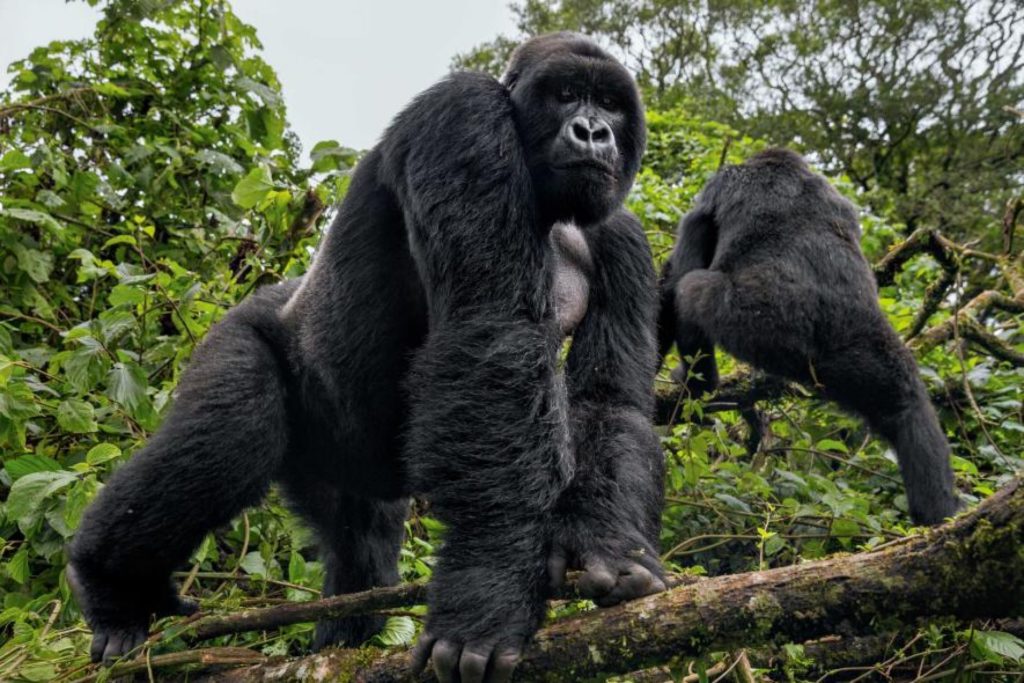Kibale National Park, Uganda – Known as the “Primate Capital of the World,” Uganda is home to some of the largest populations of wild chimpanzees in Africa. With an estimated 5,000 individuals across the country, chimpanzees are a cornerstone of Uganda’s rich biodiversity. These intelligent and social primates are most commonly observed in Kibale National Park, a dense rainforest that harbors around 1,500 chimpanzees, making it the country’s top destination for chimpanzee tracking.
Conservation Success Amidst Challenges
Uganda’s chimpanzees, like many wildlife species, face significant threats due to habitat loss, poaching, and disease. Over the years, conservation organizations and the Uganda Wildlife Authority (UWA) have worked tirelessly to protect chimpanzees through forest preservation, anti-poaching patrols, and community education programs.
Kibale National Park, located in western Uganda, is a shining example of these efforts. The park’s robust conservation strategies have helped stabilize chimpanzee populations while supporting local communities. However, outside protected areas, chimpanzees are still vulnerable, particularly in fragmented forests where human-wildlife conflicts are prevalent.
To mitigate such risks, initiatives such as forest restoration and alternative livelihood programs for nearby communities have been introduced. These measures aim to reduce pressure on natural resources and foster coexistence between humans and wildlife.
Chimpanzee Tracking: A Thrilling Encounter
Chimpanzee tracking in Uganda is a sought-after activity for wildlife enthusiasts. Guided by experienced rangers, visitors trek through lush forests to observe these primates in their natural habitat. Unlike gorilla trekking, chimpanzee tracking offers a dynamic experience, as the chimps are more active and vocal, often swinging through the trees or moving swiftly along the forest floor.
Kibale National Park is the premier destination for chimpanzee tracking, offering both morning and afternoon treks. Other locations, such as Budongo Forest near Murchison Falls and Kyambura Gorge in Queen Elizabeth National Park, also provide opportunities for chimpanzee encounters.
To enhance the experience, some parks offer a “chimpanzee habituation experience,” allowing visitors to spend an extended period observing the process of acclimating wild chimps to human presence.
Best Time to Visit Uganda for Chimpanzee Tracking
The best time to visit Uganda for chimpanzee tracking is during the dry seasons, from June to August and December to February. During these months, trails are less muddy, making forest navigation easier and more enjoyable.
While tracking is possible year-round, the rainy seasons (March to May and September to November) make trekking more challenging due to slippery trails. However, the rain transforms the forest into a lush, vibrant ecosystem, offering unique photographic opportunities.
The Role of Eco-Tourism
Chimpanzee tourism plays a crucial role in their conservation. Fees from tracking permits directly support conservation programs, ranger salaries, and community development initiatives. Local communities benefit through job opportunities as guides, porters, and hospitality staff, creating a symbiotic relationship between conservation and livelihoods.



